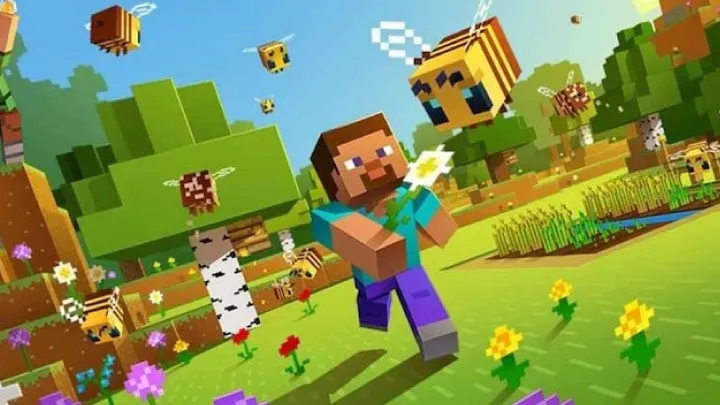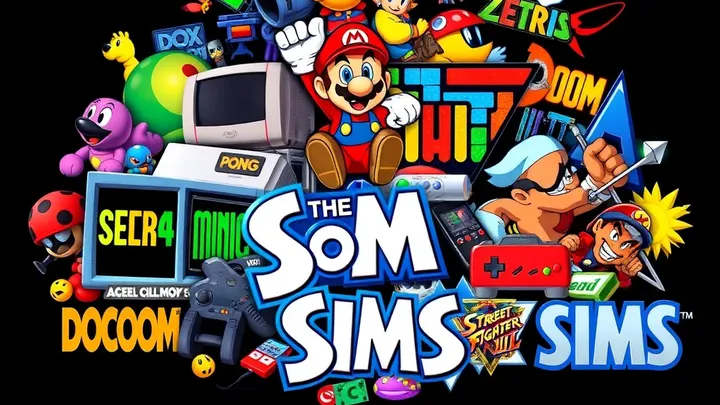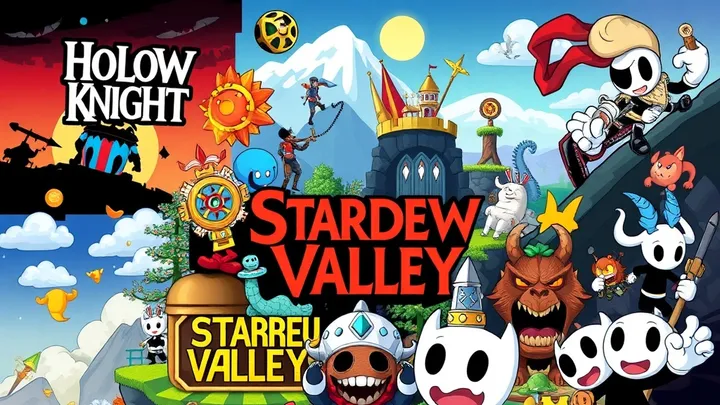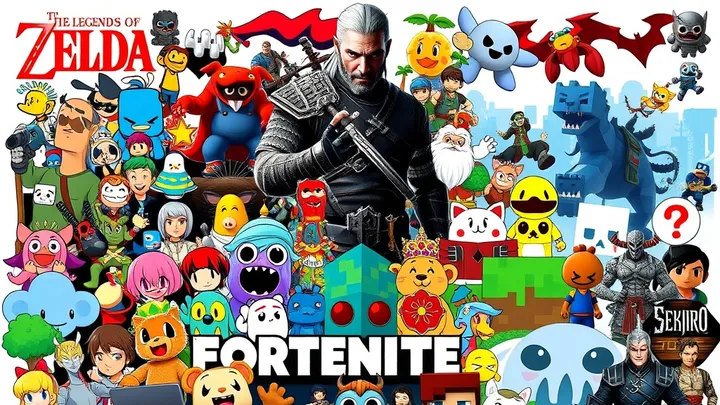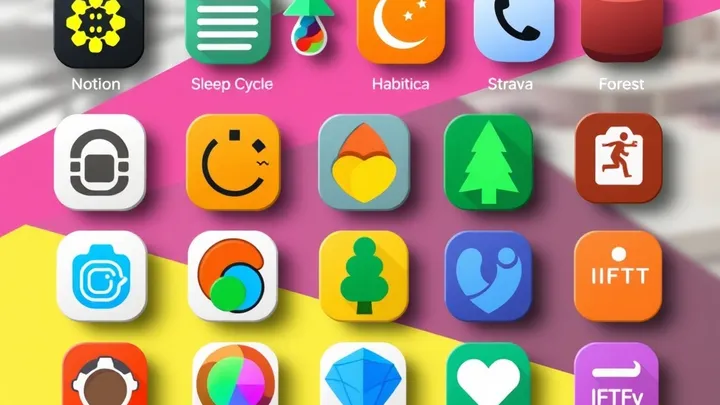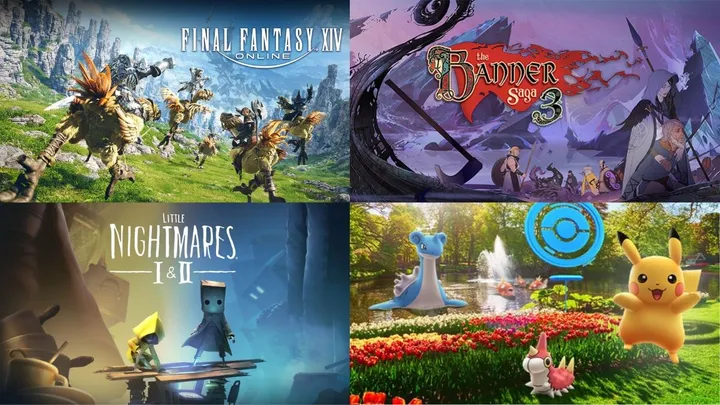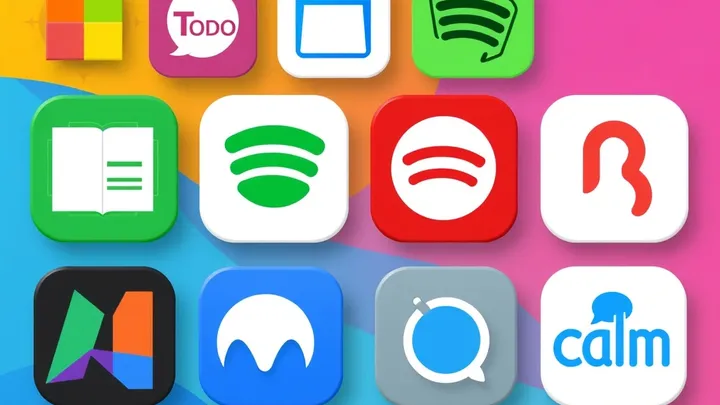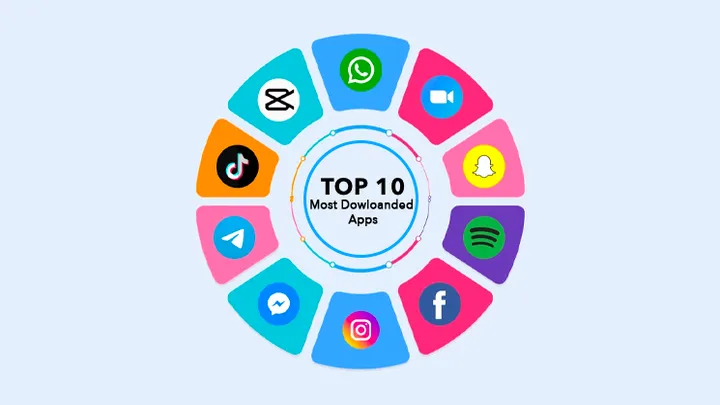Minecraft, the iconic sandbox game developed by Mojang Studios, allows players to explore, create, and survive in an infinite blocky world. With its simple yet profound mechanics, Minecraft invites creativity and adventure, whether you’re building towering castles, exploring vast caves, or battling fierce mobs. This guide aims to provide essential tips and strategies for both new and seasoned players, helping you navigate the game's various modes, optimize your gameplay, and unleash your creativity. From survival techniques to building tips, let’s dive into the world of Minecraft.
Getting Started: The Basics of Minecraft
Understanding Game Modes
Minecraft offers various game modes, each providing a distinct experience. Familiarizing yourself with these modes will help you choose the right gameplay style.
Main Game Modes
- Survival Mode: Players must gather resources, manage health, and fend off mobs while building and exploring.
- Creative Mode: Unlimited resources allow players to build freely without the threat of mobs or health constraints.
- Adventure Mode: Designed for custom maps, players can interact with objects but cannot destroy blocks without the proper tools.
The User Interface
Understanding the user interface is crucial for effective gameplay. Familiarize yourself with the various elements for a smoother gaming experience.
Key UI Elements
- Hotbar: Displays your currently equipped items and tools, allowing for quick access during gameplay.
- Inventory: Accessed by pressing 'E', it shows your collected items, crafting materials, and armor.
- Health and Hunger Bars: Monitor your health and hunger levels to ensure survival.
Crafting Essentials
Gathering Resources
Crafting is a core mechanic in Minecraft, allowing players to create tools, weapons, and structures. Gathering resources efficiently is essential for progress.
Key Resources to Gather
- Wood: The most basic resource, obtained by chopping down trees. Essential for crafting tools and building structures.
- Stone: Found by mining stone blocks; necessary for crafting stronger tools and items.
- Iron: Mined from iron ore, it’s crucial for crafting durable tools, weapons, and armor.
Crafting Basics
- Crafting Table: Create a crafting table to access a wider range of crafting recipes.
- Recipes: Familiarize yourself with common recipes, such as crafting tools, weapons, and basic blocks.
- Experimentation: Don’t hesitate to experiment with different combinations of materials to discover new recipes.
Building Your First Shelter
Choosing a Location
Building a shelter is essential for survival, especially during the night when hostile mobs spawn. Choosing the right location can enhance your gameplay experience.
Ideal Shelter Locations
- Flat Terrain: Building on flat land allows for easier construction and expansion.
- Near Resources: Select a location close to trees, water, and ores to minimize travel time for gathering.
- Caves: Building near caves provides natural protection and easy access to mining resources.
Basic Shelter Design
- Materials: Use wood, stone, or dirt to create your shelter. Wooden houses are easier to build, while stone offers more durability.
- Size: Start with a small, simple structure. You can expand it later as you gather more resources.
- Light Sources: Place torches inside your shelter to prevent hostile mobs from spawning.
Exploring and Mining
Safe Exploration Techniques
Exploring the world of Minecraft is essential for gathering resources and discovering new biomes. However, safety should be a priority.
Exploration Tips
- Bring Tools: Always carry a pickaxe, sword, and food when exploring to protect yourself and gather materials.
- Mark Your Path: Use torches or blocks to mark your path, making it easier to navigate back to your base.
- Stay Aware of Mobs: Be cautious of hostile mobs, especially in caves and dark areas.
Mining Strategies
- Branch Mining: Create horizontal tunnels to maximize the number of blocks you expose while minimizing the risk of running into lava.
- Cave Exploration: Utilize natural caves to find resources, but be prepared for combat.
- Mining Levels: Mine at levels 11-12 for optimal diamond and gold ore exposure while avoiding lava pools.
Farming and Food
Growing Your Own Food
Food is essential for survival, and farming allows you to sustain yourself without relying solely on foraging.
Starting a Farm
- Crop Selection: Start with easy-to-grow crops like wheat, carrots, and potatoes. These can be harvested quickly and replanted.
- Watering: Ensure crops are planted near water or use a bucket to create irrigation.
- Farming Tools: Use a hoe to till the soil before planting seeds.
Animal Husbandry
- Breeding Animals: Gather animals like cows, pigs, and chickens for a sustainable food source. Use food items like wheat or seeds to breed them.
- Animal Pens: Build enclosed areas to keep your animals safe from predators and prevent them from wandering.
- Harvesting: Collect resources like milk, eggs, and meat from your animals to add variety to your diet.
Combat and Defense
Fighting Hostile Mobs
Combat is an integral part of Minecraft, especially during nighttime or in caves. Knowing how to defend yourself is crucial for survival.
Combat Techniques
- Weaponry: Craft weapons like swords and bows for effective combat against mobs.
- Armor: Equip armor made from leather, iron, or diamonds to reduce damage taken during fights.
- Timing: Learn to time your attacks; swinging right after dodging can deal critical damage to enemies.
Building Defenses
- Walls and Fences: Construct walls or fences around your base to keep hostile mobs at bay.
- Lighting: Place torches around your base to prevent mobs from spawning nearby.
- Traps: Create traps using redstone mechanisms to eliminate mobs automatically.
Enchanting and Potions
Understanding Enchanting
Enchanting provides additional abilities to your weapons, armor, and tools, significantly enhancing your gameplay.
Enchanting Basics
- Enchanting Table: Craft an enchanting table using obsidian, diamonds, and a book. Surround it with bookshelves to increase enchantment levels.
- Experience Points: Earn experience points by defeating mobs and mining. Use these points to enchant items.
- Enchantments: Familiarize yourself with different enchantments, such as Sharpness for swords and Protection for armor.
Brewing Potions
- Brewing Stand: Craft a brewing stand using blaze rods and cobblestone to start brewing potions.
- Potion Ingredients: Collect ingredients like nether wart and spider eyes to create various potions with different effects.
- Potion Effects: Experiment with potions like healing, speed, and strength to gain advantages in combat and exploration.
Building Advanced Structures
Expanding Your Base
As you gather resources, consider expanding your base into a more elaborate structure. This can enhance both functionality and aesthetics.
Design Ideas
- Multi-level Buildings: Create multi-level structures for added space and design complexity.
- Themed Designs: Choose a theme for your base, such as medieval, modern, or futuristic, to guide your building style.
- Interior Decoration: Use furniture, paintings, and decorative items to personalize your space and make it feel homey.
Redstone Engineering
- Understanding Redstone: Learn the basics of redstone to create automated systems like doors, traps, and farms.
- Simple Circuits: Start with simple circuits to grasp how redstone works before moving on to more complex contraptions.
- Community Creations: Explore redstone creations from the Minecraft community for inspiration and ideas.
Multiplayer and Community
Joining Servers
Playing with others can enhance your Minecraft experience. Joining multiplayer servers allows for collaboration and community engagement.
Finding Servers
- Server Lists: Use online server lists to find servers that match your interests, whether survival, creative, or minigames.
- Community Forums: Engage with Minecraft forums to find recommendations and connect with other players.
- Customization: Many servers offer custom plugins and mods, adding unique gameplay elements.
Collaborating with Friends
- Shared Projects: Work together with friends on building projects, farms, or community events.
- Voice Communication: Use voice chat applications to coordinate strategies and share resources while playing.
- Friendly Competitions: Organize friendly competitions, such as building contests or PvP battles, to enhance your gameplay experience.
Learning and Improving
Watching Tutorials
Continuously learning new techniques and strategies can greatly improve your gameplay. Utilize online resources to enhance your skills.
Recommended Resources
- YouTube Tutorials: Follow Minecraft YouTube channels for tutorials on building, redstone, and survival tips.
- Twitch Streams: Watch live streams to see how experienced players tackle challenges and explore new ideas.
- Community Content: Engage with community-created content, such as maps and challenges, to expand your understanding of the game.
Practice Makes Perfect
- Experimentation: Don’t be afraid to experiment with new ideas, whether in building or gameplay techniques.
- Challenge Yourself: Try challenging game modes, like hardcore mode, to push your skills to the limit.
- Join Events: Participate in community events, competitions, or server activities to learn from others and improve your skills.
Conclusion
Minecraft is a vast and versatile game that offers endless possibilities for creativity, exploration, and adventure. By following the tips and strategies outlined in this guide, players can enhance their gameplay experience, develop their skills, and fully immerse themselves in the blocky world of Minecraft. Whether you’re building your dream home, battling hostile mobs, or collaborating with friends, the journey in Minecraft is what you make of it. Embrace the challenges and enjoy the creativity that the game has to offer.
